I get a lot of questions about racquet swing weights. How do you measure it? Is it important? What swing weight should you use?
There is obviously not an easy answer to this. Like all things in tennis, it’s a personal thing. If you are interested in the racquet swing weights that the pros use, you check out this page. I have also created a video comparing typical swing weights between ATP and WTA racquets if you want to know more about the differences of upcoming pros and retired pros among both men and women.
I sometimes discuss the somewhat “unexplored” science of swing weights with my friend Andrew from Prospect Customization. He likes to nerd-out on the topic of swing weights and has created some nice content on it. Just check out this post below from his Instagram.
Swing weights are generally going down. The players who use SW 375-400 are very few and far between. And in retail racquets, the swing weights are also going down. Since I got my HEAD 3-in-1 machine I have been measuring all the racquets that pass through my office. Something I have noticed is that most Pure Aero and Pure Drives are around 305-310 strung swing weight, which was surprising (I thought they would be around 315-320). It was the same situation with the Dunlop FX 500 racquets, but I have also seen 305-ish strung swing weights of the Clash 98 and a HEAD IG Prestige MP I measured yesterday.
The swing weight differs depending on what strings you put in the racquets, so it is best to measure them unstrung. I will start compiling both unstrung and strung for all my reviews. I hope that kind of information could be useful.
My swing weight range has been around 328-335 strung. But when I have been using stiffer and more powerful frames like the Dunlop FX 500 Tour, I seem to play better with a lower swing weight of 310-320. The higher the swing weight the more power, so if you have a powerful frame with a high swing weight, it’s very difficult to control. A player like Djokovic uses a control-oriented and flexible frame, so he needs more weight and swing weight to achieve power. But some pros like Rafa Nadal use a high swing weight and a powerful frame, but this suits his style since he puts so much more spin on the ball than for example Djokovic.
How do you measure swing weight?
Unless you have a swing weight machine at home, you can resort to the manual method (it is some work though). Check out the Do-It-Yourself Swingweight post from TW University.
I am lucky to have a machine that makes life easier, but since I test and customize a lot of frames it’s necessary. If you only want to find out the swing weight of your racquets, then the manual method is fine.
How does swing weight influence your swing?
According to Andrew from Prospect Customization, he says this:
The best measure I’ve found is when you swing the racquet (shadow swing), that it carries through your swing and across your shoulder naturally. That leaves the least amount of correction with the hands necessary. The more natural the racquet can be after the initial inertia to get it moving, the better.
I agree in general, you want to aim for the most natural swing as possible. Still, what feels natural on a shadow swing, might not feel that great when you are rushing around on defense. It seems like most club players are happier with the low swing weight range, not more than 325. Just to have time to swing through.
Sometimes a high swing weight can help allow you to reach the “pat-the-dog” position more naturally. The heft of the frame just allows for a more natural transition of the racquet, but the best way to see what works for you is what happens when you tighten up in match play. This is my general advice to players looking for a new racquet, make sure to test it in a match that matters to you and see what happens then. When we hit relaxed, the sport can be quite different from when we are nervous and stressed.
This was a shallow dive into this fascinating topic. Do you want to see more content about swing weight and racquet customization and how it affects your game? Let me know in the comments below.
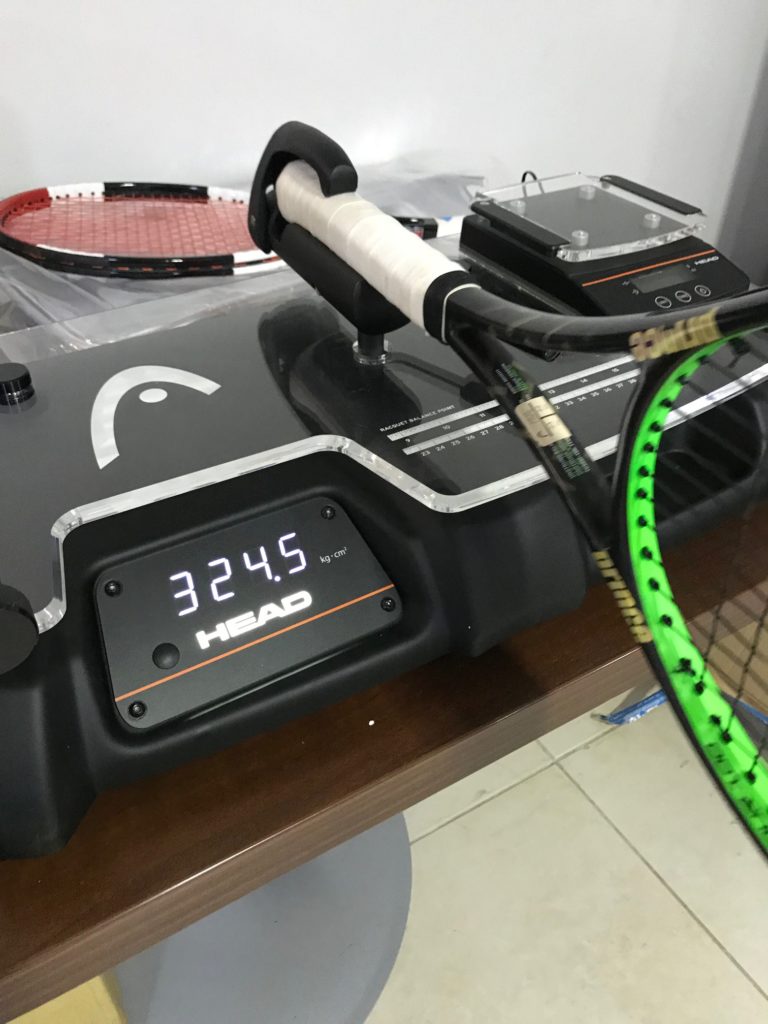
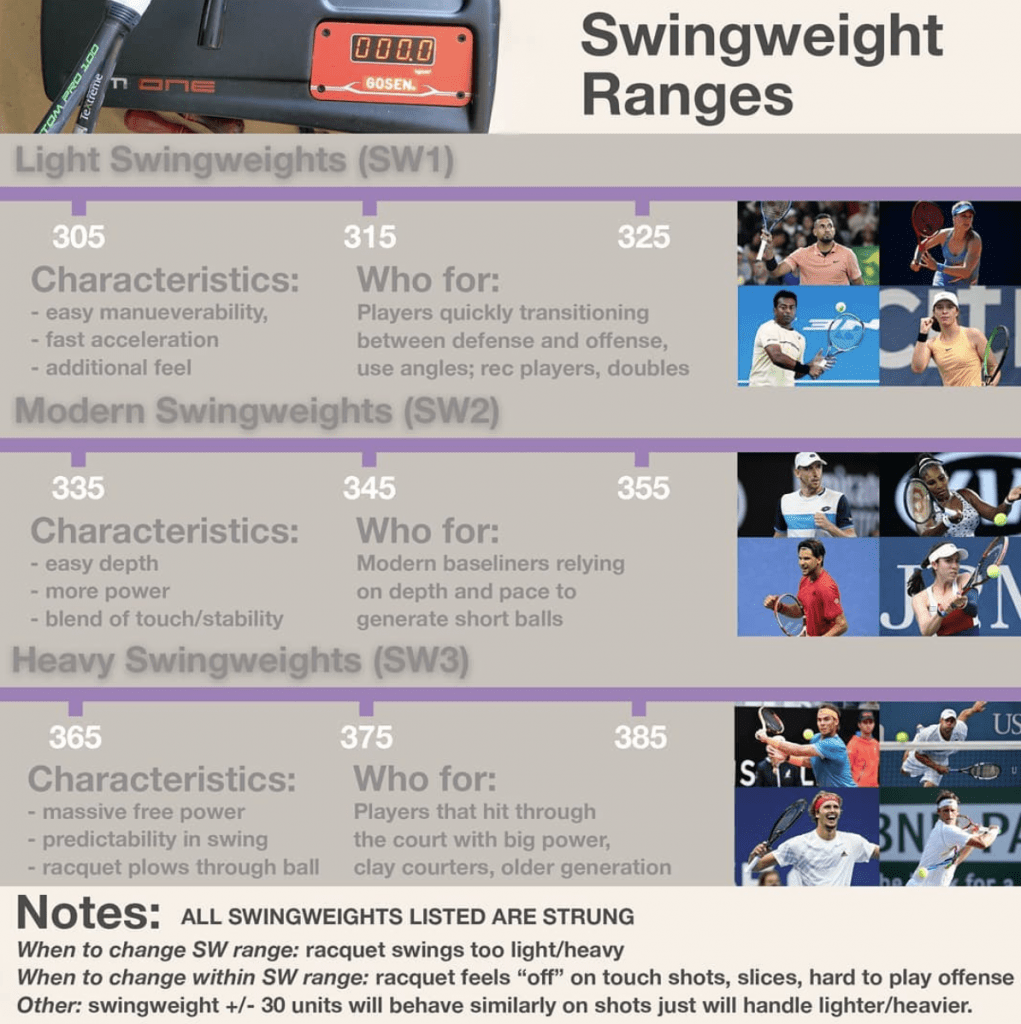

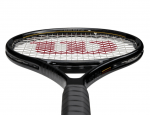


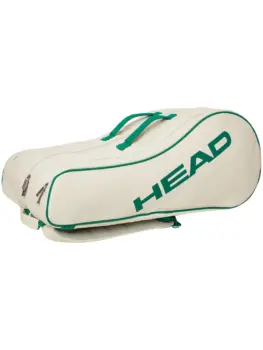



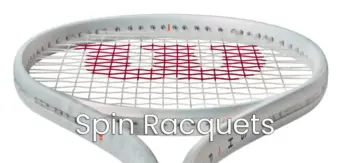



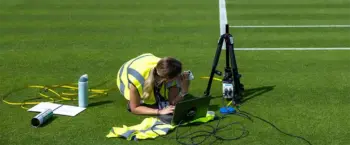



The difficulty in analysing SW, as with all racket variables, is unless you own a racket shop and hitting wall you can’t ever really check whether the differences in feel and performance are due to SW, static weight, balance, polarization, flex, string type, tensions or vibration frequency, to name just a few. Do all rackets with the same SW feel the same? No! Do all rackets with the same SW perform the same? No! Hence while we can understand how to optimise the SW of one particular racket\string combo, we might prefer some totally different SW on another strung frame.
Overall the comment from your guru contact near the top on when to change SW – when tricky shots feel difficult – is key in my mind. You can get used to any SW on friendly rally sessions, but it’s the difficult balls you want to be confident with IMO.
Excellent article Jonas! One area where there is a positive-negative interplay between higher and lower SW is in terms of maneuverability vs stability and plow on volleys and when blocking balls in defensive situations. I find a decent SW (around 330-335) helps a lot on such occasions but at the same time that kind of SW (at least in a larger head sized fame and if the balance point is less head light) can become slower to maneuver and therefore a disadvantage in the exact same situations. Like with many racquet parameters it’s a trade off and very personal, but at the end of the day finding a SW that suits and improves your game is a key parameter to take note of that ought to be printed on the frames by the manufacturers.
PS. Unfortunately, as Jonas has pointed out several times, racquet manufacturers have very poor quality control/large tolerances when it comes to SW and it can differ significantly between two identical purchases. Use a matching service is my advice.
Jonas, you are such a valuable resource to us all! Your content, experience, commitment and empirical analyses, combined with the magical “mojo” of your evident talent with the written word, as well as your video content, are inspiring! I look forward most days to when I have the time to check out your site and blog! Keep up the great work!
Thanks Mark! Those are very kind words and I really appreciate your comment. All the best in 2021!
Wow! What the hell swing weight seems like some kind of mystery monster that can only be calculated by a single machine. It’s super duper easy to measure swing weight with extreme precision if you just have a scale and a tape measure, and the unit is in your weight unit of choice, often grams.
Look guys, they use 75mm or 7/16 in from the butt as the fulcrum point, obviously you can measure this yourself by measuring with your hand in your normal grip and see how far up the butt the half way point of your hand is on the handle or use the industry standard of 75mm.
Let’s see why this is the case using just two measurements – balance and static weight, which can be done at home with a simple kitchen scale and a tape measure with something to balance your racquet, like a pencil or edge of a hardcover book.
From there it’s quite easy to understand. If you assume a 27″ or 685 mm racquet, then subtract 75mm for the fulcrum point of your hand, then a perfectly even racquet will balance at 685 minus 75’s halfway point or 361mm.
Then measuring from the very end of the racquet you can find your racquet’s balance – typically higher than spec when strung as manufacturers state specs without strings.
Divide your racquet’s balance by 361mm, numbers less than 1 are head light and greater than 1 are head heavy.
Multiply by your racquet’s weight in the unit of choice such as oz or grams (industry standard uses grams) and you find your swing weight without any expensive tools. Plus if your hands are tiny or massive or like to choke up on the grip you can adjust the fulcrum point assumption and find your true actual swing weight.
I am little confused. Is the numbers above in g, or what unit?
Becuase at several sources, the swingweight is named in gram. But if we take a look at the “scale” on the picture above. The unit there is kg-cm2. I have also read that use the unit gram is incorrect. The correct unit is something called RDC. Please explain this.
Thanks for an excellent discussion of swing weight, Jonas. I’ve been getting deeper into racquet matching and customization lately (oh, no!) and this parameter seems particularly relevant to the actual feel of the racquet when hitting the ball. There’s an inexpensive iPhone app ($2 US) that works quite well for determining swing weight [https://apps.apple.com/us/app/swingtool-swing-weight/id408209116]. It’s more reproducible than the “timing by eye” method on the TW website and does all the calculations for you. The only other tools you need are an inexpensive scale (for static weight), a ruler and tabletop (for balance point), and a heavy book and two pencils (to swing the racquet).
I think the swing weight that is best for you is the one that feels comfortable and allows you to hit the ball with power.
I did the manual calculation. Ended up with -39…what does thar mean? If I subtrack that from the weight of the raquet its no where near your ranges above.
Thanks from Fredrik, just entering the tennisnerd-way-of life ?